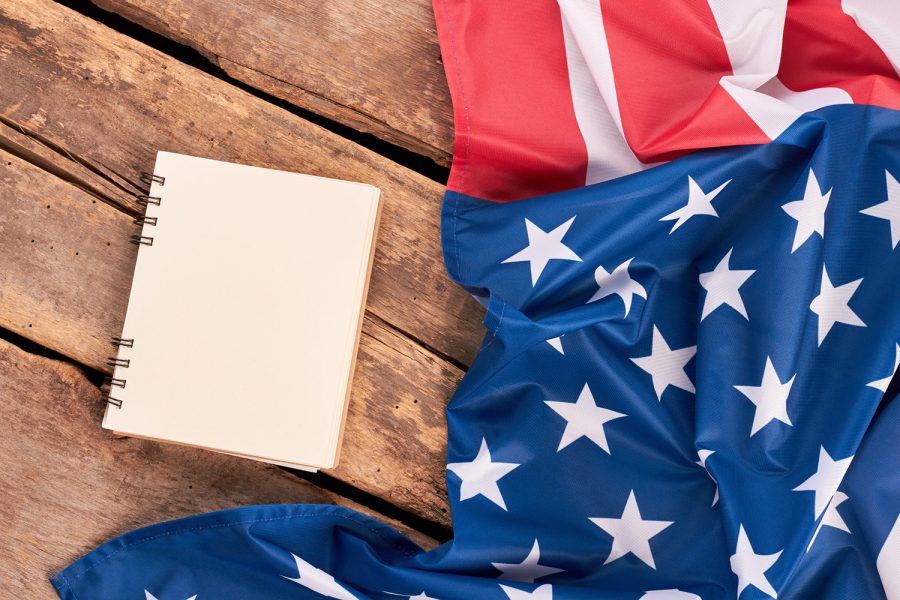Opinion | It’s time to fix American History classes
The United States we learn about in school is not the United States we are — it’s time to change that.
iStock
July 5, 2020
The American education system has an immense issue that needs to be addressed. Students are learning a sugar-coated version of American history which only addresses the ideal and triumphant aspects and ignores the dark and ugly parts.
American history was a part of my education all the way from first grade to when I took AP U.S. History as a sophomore in high school. Today, I have learned from my past experiences and from the world around me that one thing has to change: the content and structure of a white-dominated American history.
Our country has made mistakes. Some parts of its history are pretty ugly. However, current American History classes neglect to recognize these parts and instead focus on events, places, and people that portray the ideals that America was supposedly built on.
Starting as early as the elementary level, schools are teaching their students about the American Revolution, the U.S. Constitution, and the founding fathers. However, we tend to neglect the fact that while a nation was being formed on the basis of “freedom and equality,” oppression and racism existed throughout. On the day the Declaration of Independence was signed — a document that was supposed to signify freedom for all — 34 out of the 47 men who signed were slave owners.
In many courses, Black History is taught as though slavery existed, but ended after the Civil War. And sure, America did have segregation and racism during the 1900’s, however it all ended after the Civil Rights Act of 1964 was passed. Since then, according to these courses, we are a nation of equality and justice for all.
The way these courses are taught could not be more wrong.
American History courses like to give what I like to call the “spark notes” version of Black History. They tend to focus on white American history and ignore the oppression that Black lives have experienced and impact they have had on this country.
For example, we all know about the Fourth of July and what it stands for. However, most students do not know the importance of Juneteenth. In fact, many don’t even know what the holiday celebrates. It doesn’t mark the end of the Civil War or the Emancipation Proclamation: it marks the day when slaves in Texas were finally told they were free two years after the Proclamation was signed.
Another thing we seem to forget is that America is technically on stolen land. Students are taught that “Columbus sailed the ocean blue in 1492,” but what they aren’t told is that Native Americans were kicked off their own land in order for new immigrants to settle on it. Today, Native Americans have the highest poverty among minority groups because of something that happened thousands of years ago.
If there’s any war besides the American Revolution that’s emphasized, it’s World War II. Students are shown how America fought bravely against the Axis alliance, but they are rarely told about the fact that Nazi Germany’s roots were based off of U.S. eugenics. In fact, Hitler actually praised America for making progress for a primary racial conception of citizenship by “excluding certain races from naturalization.” Again, it isn’t highlighted in courses because it doesn’t really portray the U.S. as a land of “freedom, equality, and opportunity.”
If we want to teach students right, we must include all parts of American History no matter how ugly they are. By providing them a white-dominated and sugar-coated version of this class, we are never going to learn and fix the injustices that still occur today in American society.
Columns reflect the opinions of the authors and are not necessarily those of the Editorial Board, The Daily Iowan, or other organizations in which the author may be involved.















